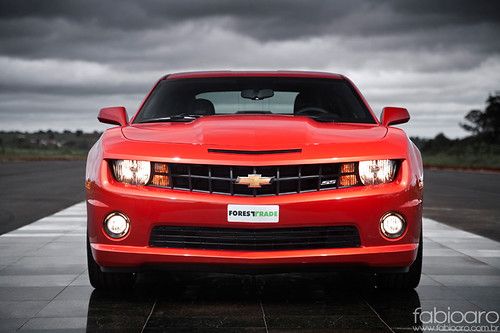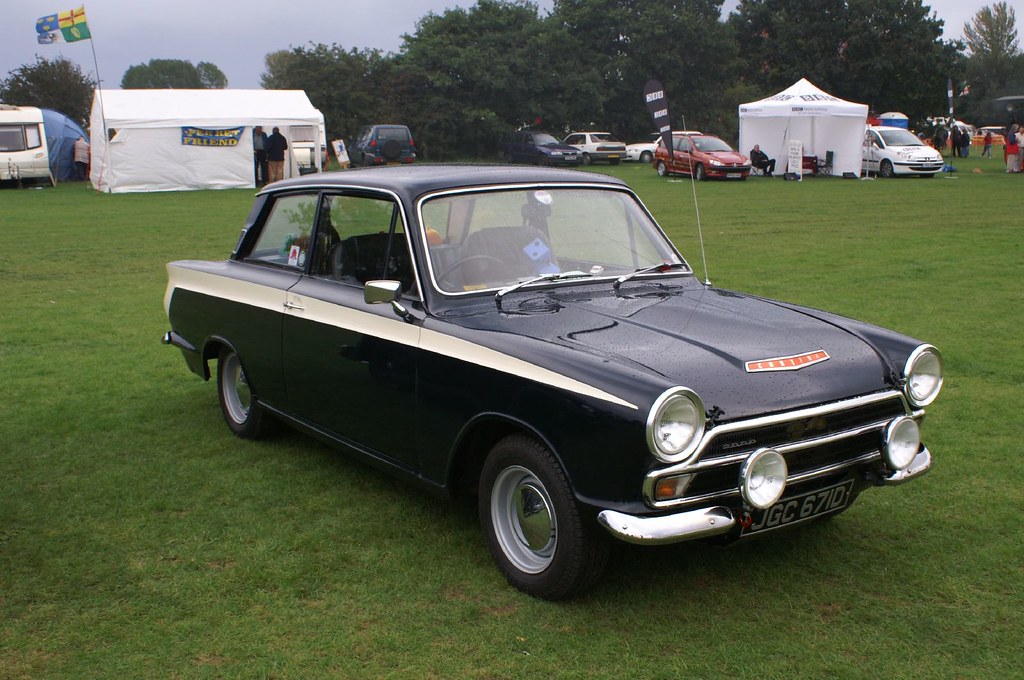
In a world increasingly dominated by sleek, digitalized, and often homogenous modern vehicles, there’s an undeniable magnetic pull to the classics. We’re talking about those rolling time capsules packed with chrome, character, and stories that simply refuse to be forgotten. These aren’t just cars that get you from point A to point B; they’re machines designed to glide, growl, and make jaws drop in slow motion, embodying an era where automotive design was an art form and the driving experience was an unadulterated adventure.
There’s a unique magic that clings to vintage cars, a sense of history and personality that modern engineering often struggles to replicate. Whether it’s the dramatic curve of a fender, the distinctive bark of an old-school V8, or the sheer audacity of a groundbreaking design, these vehicles were built to turn heads – and they continue to do so decades later. They carry the dreams of the people who built them and the countless drivers who cherished them, proving that true cool has no expiration date.
Our journey through automotive history is a celebration of machines that did more than transport; they inspired. We’ve curated a list of vehicles that captivated people when they first appeared and continue to draw crowds today, chosen for their influence on design, culture, and the pure joy of driving. These are the legends that don’t just stay unforgettable; they remind us why sometimes, the past truly is cooler than the present. So, buckle up, and let’s dive into the first half of these magnificent motoring marvels.
1. **Ford Mustang (First Generation)**When the Ford Mustang galloped onto the scene, it didn’t just introduce a new car; it changed the entire game. Its arrival captured the spirit of freedom and speed, instantly becoming a symbol of a generation’s aspirations. With its distinctive long hood, a short rear deck, and a sweeping roofline, the Mustang boasted an unmistakable silhouette that would come to define an entire era of automotive design.
Sliding into the driver’s seat of a first-generation Mustang wasn’t merely starting a car; it felt like joining a movement. This iconic vehicle offered driving excitement in a package that was surprisingly accessible to everyday people, democratizing the thrill of a sporty ride. It carved out an entirely new class of automobiles known as ‘pony cars,’ a category that sat comfortably between the brute force of muscle cars and the refined agility of traditional sports cars.
Beyond its groundbreaking design and performance, the Mustang, especially its Fastback variant, quickly transcended mere transportation to become a profound cultural icon. Its image has been woven into countless movies, featured in hit songs, and served as the perfect companion for innumerable road trips, symbolizing individuality and adventure. Even today, decades after its debut, the Mustang’s influence echoes across modern car design, and its mere presence, even when parked, radiates a compelling sense of motion and purpose that continues to captivate enthusiasts and casual admirers alike.
Car Model Information: 2016 Ford Mustang GT
Name: Ford Mustang
Caption: 2018 Ford Mustang GT 5.0
Aka: Ford T5 (Germany)
Manufacturer: Ford Motor Company
Production: March 1964 – present
ModelYears: 1965–present
Class: Unbulleted list
BodyStyle: Unbulleted list
Layout: Front-engine, rear-wheel-drive layout
Categories: 1970s cars, 1980s cars, 1990s cars, 2+2 coupés, 2000s cars
Summary: The Ford Mustang is an American automobile manufactured and marketed by Ford since 1964, as Ford’s longest nameplate in continuous production. Currently in its seventh generation, it is the fifth-best selling Ford car nameplate. The namesake of the “pony car” automobile segment, the Mustang was developed as a highly styled line of sporty coupes and convertibles derived from existing model lines, initially distinguished by its pronounced “long hood, short deck” proportions.
Originally predicted to sell 100,000 vehicles yearly, the 1965 Mustang became the most successful vehicle launch since the 1927 Model A. Introduced on April 17, 1964 (16 days after the Plymouth Barracuda), over 400,000 units were sold in its first year; the one-millionth Mustang was sold within two years of its launch. In August 2018, Ford produced the 10-millionth Mustang; matching the first 1965 Mustang, the vehicle was a 2019 Wimbledon White convertible with a V8 engine.
The success of the Mustang launch led to multiple competitors from other American manufacturers, including the Chevrolet Camaro and Pontiac Firebird (1967), AMC Javelin (1968), and Dodge Challenger (1970). It also competed with the Plymouth Barracuda, which was launched around the same time. The Mustang also had an effect on designs of coupes worldwide, leading to the marketing of the Toyota Celica and Ford Capri in the United States (the latter, by Lincoln-Mercury). The Mercury Cougar was launched in 1967 as a unique-bodied higher-trim alternative to the Mustang; during the 1970s, it included more features and was marketed as a personal luxury car.
From 1965 until 2004, the Mustang shared chassis commonality with other Ford model lines, staying rear-wheel-drive throughout its production. From 1965 to 1973, the Mustang was derived from the 1960 Ford Falcon compact. From 1974 until 1978, the Mustang (denoted Mustang II) was a longer-wheelbase version of the Ford Pinto. From 1979 until 2004, the Mustang shared its Fox platform chassis with 14 other Ford vehicles (becoming the final one to use the Fox architecture). Since 2005, Ford has produced two generations of the Mustang, each using a distinct platform unique to the model line.
Through its production, multiple nameplates have been associated with the Ford Mustang series, including GT, Mach 1, Boss 302/429, Cobra (separate from Shelby Cobra), and Bullitt, along with “5.0” fender badging (denoting 4.9 L OHV or 5.0 L DOHC V8 engines).
Get more information about: Ford Mustang
Buying a high-performing used car >>>
Brand: Ford Model: Mustang
Price: $31,961 Mileage: 24,710 mi.
2. **Chevrolet Corvette Stingray (C2)**The second-generation Chevrolet Corvette, universally revered as the Stingray, didn’t just continue a legacy; it boldly redefined what an American sports car could be. Its design was a masterclass in aggressive elegance, characterized by sharp, distinctive lines and those mesmerizing hidden headlights that made it one of the most instantly recognizable automotive designs of its time. It was a visual statement, sleek and purposeful, hinting at the power within.
Behind the wheel, the Stingray offered a driving experience that was both raw and remarkably sophisticated. Drivers cherished the profound connection it provided to the road, a visceral feel that made every turn and straightaway an exhilarating event. The cabin, designed with a clear emphasis on purpose over extraneous frills, ensured that the focus remained squarely on the driving dynamics, reinforcing that deep connection between car and driver.
What truly set the C2 Stingray apart was its exceptional ability to balance blistering performance with undeniable style. This blend resonated with enthusiasts and captured the attention of people around the globe, making it a coveted machine. Whether it was carving corners on a track day or cruising effortlessly on a weekend drive, the Stingray delivered excitement in every scenario, proving that an American sports car could possess both muscle and grace. Even today, its iconic shape continues to turn heads and spark conversations, standing as a timeless testament to a perfect fusion of form and function.
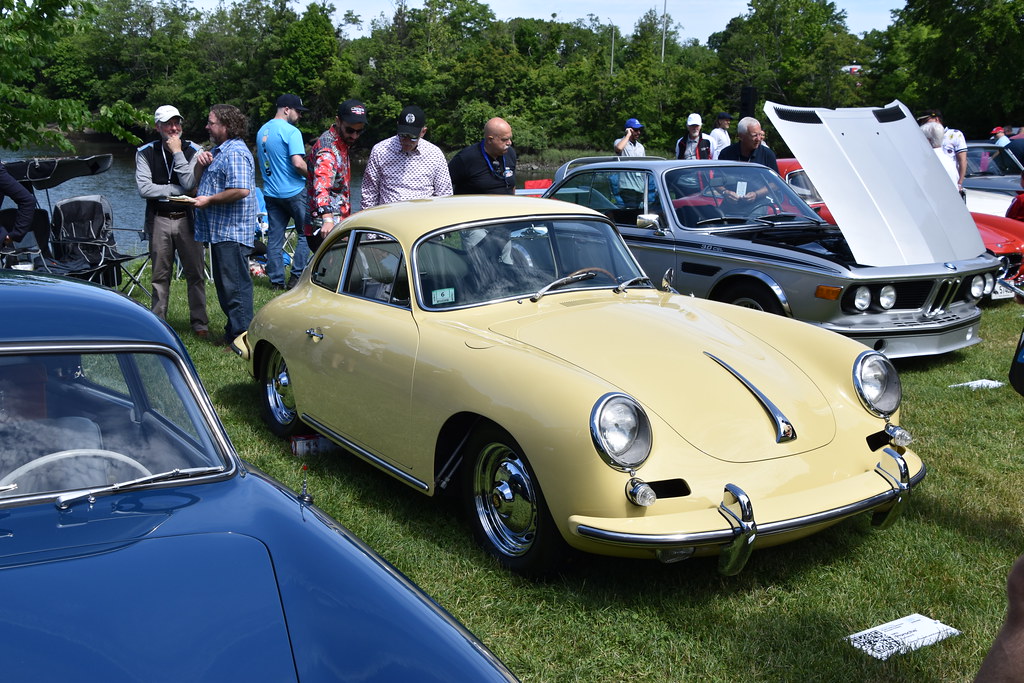
3. **Porsche 356**The Porsche 356, the car that launched a legend, exuded an understated elegance and precision beautifully packaged within its compact frame. Its signature curved body and low-slung stance gave it an undeniable European flair, making it look perfectly at home on the winding mountain roads of the Alps or cruising along the sun-drenched Riviera. This was a car that whispered sophistication rather than shouted it, drawing admirers with its graceful lines and impeccable proportions.
Step inside, and the interior design of the 356 immediately communicated a philosophy of simplicity. Every element was thoughtfully placed, keeping the focus entirely on the driving experience. There were no unnecessary distractions; just pure, unadulterated connection to the road. This minimalist approach appealed to drivers who valued finesse and engineering purity over ostentatious flash.
On the road, the 356 was a revelation. It felt light, balanced, and remarkably agile, rewarding every careful input from the driver. This wasn’t a car about brute force, but rather about harmonious engineering and intuitive handling, making every drive a delightful ballet of motion. The 356 didn’t just become a favorite for its charm and capability; it laid the foundation for Porsche’s long and celebrated legacy of crafting machines that seamlessly blend art and engineering. Its impact on automotive history, though small in size, remains monumental, solidifying its place as a truly cool classic.
Car Model Information: 1956 Porsche 356 A
Name: Porsche 356
Manufacturer: unbulleted list
Production: 1948–1965
Assembly: Gmünd, Carinthia
Successor: Porsche 911 (classic)
Caption: Porsche 356 C coupé
Class: Sports car
Related: unbulleted list
Layout: Rear-engine, rear-wheel-drive layout
BodyStyle: unbulleted list
Designer: Ferry Porsche,Erwin Komenda
Wheelbase: 82.7 in
Abbr: on
Order: flip
Length: convert
Width: 65.4 in
Height: convert
Weight: convert
Categories: 1950s cars, 1960s cars, 24 Hours of Le Mans race cars, All Wikipedia articles written in American English, All articles containing potentially dated statements
Summary: The Porsche 356 is a rear-engine sports car, and the first-ever production Porsche model.
The 356 is a lightweight and nimble-handling, rear-engine, rear-wheel drive, two-door available both in hardtop coupé and open configurations. Engineering innovations continued during the years of manufacture, contributing to its motorsports success and popularity. Production started in 1948 at Gmünd, Austria, where Porsche built approximately 50 cars. In 1950 the factory relocated to Zuffenhausen, Germany, and general production of the 356 continued until April 1965, well after the replacement model 911 made its September 1964 debut. Of the 76,000 originally produced, approximately half survive. The 356 was first produced by Austrian company Porsche Konstruktionen GesmbH (1948–1949), and then by German company Dr. Ing. h. c. F. Porsche GmbH (1950–1965). It was Porsche’s first production automobile. Earlier cars designed by the Austrian company include Cisitalia Grand Prix race car, the Volkswagen Beetle, and Auto Union Grand Prix cars.
The original price in 1948 for the 356 coupe was US$3,750 (equivalent to $49,100 in 2024) (official general USD inflation). The 356 cabriolet cost US$4,250 (equivalent to $55,600 in 2024).
Get more information about: Porsche 356
Buying a high-performing used car >>>
Brand: Porsche Model: 356
Price: $48,995 Mileage: 10,628 mi.

4. **Jaguar E-Type**Few automobiles in history can lay claim to the sheer, breathtaking beauty that the Jaguar E-Type effortlessly delivers. From its long, sensuous, flowing hood to its absolutely perfect proportions, the E-Type appeared less like a mode of transportation and more like a masterful sculpture brought to life. It was, quite simply, stunning, a visual feast that captivated onlookers from the moment it appeared.
But the E-Type wasn’t just a static work of art; driving it provided an experience that seamlessly blended a profound sense of elegance with truly thrilling performance. This unique combination created an automotive encounter unlike anything else available in its era. Even when completely motionless, parked by a roadside or in a showroom, the E-Type radiated an unmistakable aura of confidence and sophisticated allure, demanding attention without ever needing to make a sound.
Rapidly, the E-Type ascended to the status of a potent symbol, particularly for those who desired not only to be seen but also to feel a deep connection with their vehicle in motion. It garnered widespread praise not just for its unparalleled looks, but equally for its exceptional handling characteristics and its refined driving dynamics. The interior, though sporty, enveloped drivers in a cocoon of comfort, further enhancing the overall luxurious experience. Decades later, the Jaguar E-Type endures as one of the most universally admired and visually striking vehicles ever conceived, a true icon of design and engineering prowess.
Car Model Information: 1974 Jaguar E-Type Series III Numbers Matching! 11k Original Miles! Concourse Quality!
Sp: uk
Name: Jaguar E-Type
Caption: 1961 E-Type Series 1 3.8-Litre, the first production model of this open two-seater
Aka: Jaguar XK-E (North America),Jaguar V-12
Manufacturer: Jaguar Cars
Production: 1961–1974
Class: Sports car
Predecessor: Jaguar XK150
Related: Jaguar D-Type,Jaguar XJ13
Successor: Jaguar XJS
Layout: FMR layout
Assembly: Coventry,England
Designer: Malcolm Sayer
Categories: 1970s cars, 2+2 coupés, All Wikipedia articles written in British English, All articles with dead external links, All articles with specifically marked weasel-worded phrases
Summary: The Jaguar E-Type, or the Jaguar XK-E for the North American market, is a British front mid-engined sports car that was manufactured by Jaguar Cars Ltd from 1961 to 1974. Its sleek appearance, advanced technologies, high performance, and competitive pricing established it as an icon. The E-Type’s claimed 150 miles per hour (240 km/h) top speed, sub-7-second 0 to 60 mph (97 km/h) acceleration, largely unitary body construction, front and rear independent suspension with disc brakes, mounted inboard at the rear, and rack-and-pinion steering spurred industry-wide changes.
The E-Type was based on Jaguar’s D-Type racing car, which had won the 24 Hours of Le Mans for three consecutive years beginning in 1955.
The E-Type employed what was, for the early 1960s, a novel design principle, with a front subframe carrying the engine, front suspension and front bodywork bolted directly to the body tub. No ladder frame chassis, as was common at the time, was needed and as such the first cars weighed only 1,315 kg (2,899 lb).
It is rumored that, on its debut on 15 March 1961, Enzo Ferrari called it “the most beautiful car ever made”, but this statement is not fully confirmed. In 2004, Sports Car International magazine placed the E-Type at number one on their list of Top Sports Cars of the 1960s. In March 2008, the Jaguar E-Type ranked first in The Daily Telegraph’s online list of the world’s “100 most beautiful cars” of all time.
Get more information about: Jaguar E-Type
Buying a high-performing used car >>>
Brand: Jaguar Model: E-Type
Price: $110,800 Mileage: 11,946 mi.
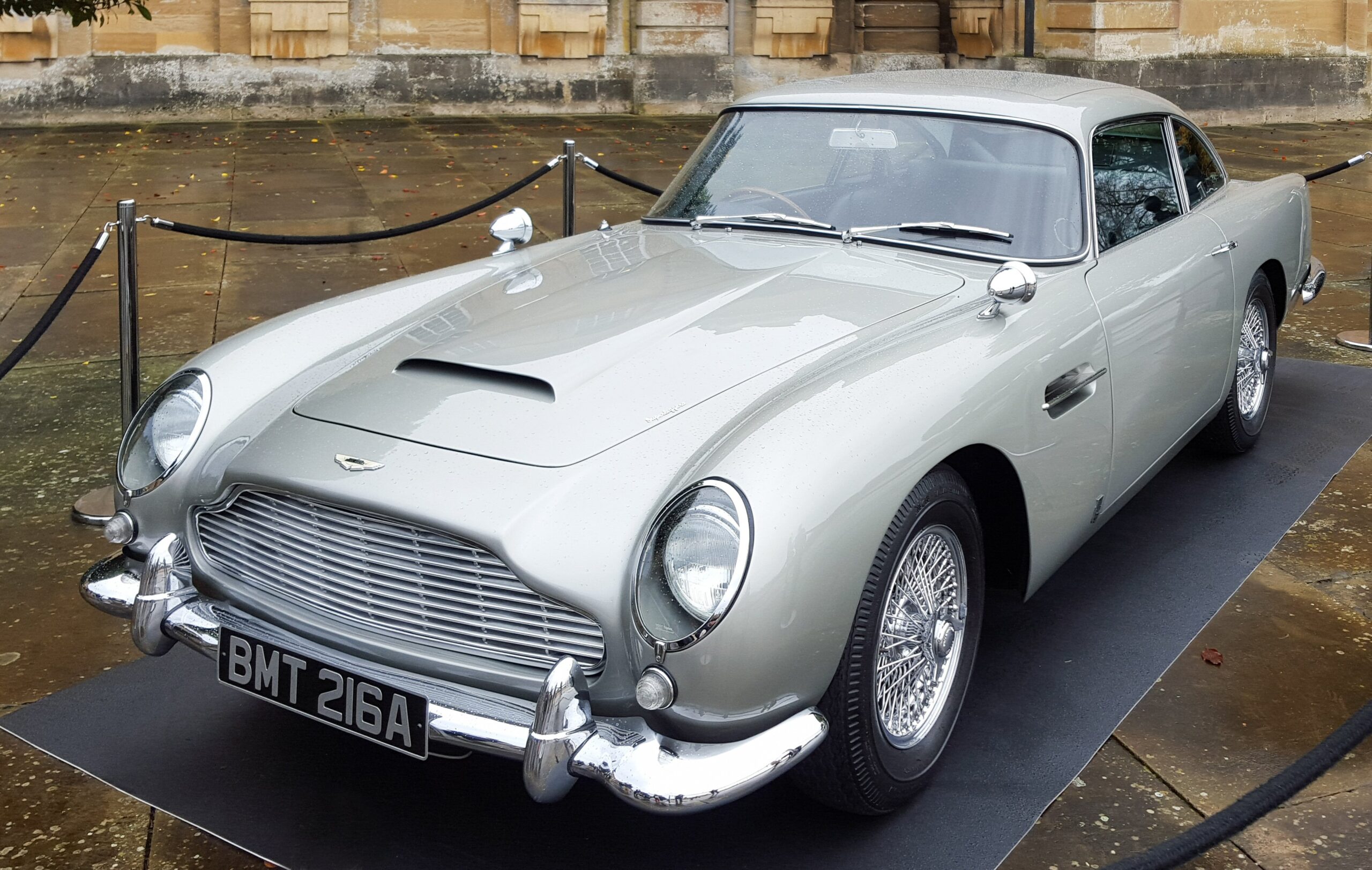
5. **Aston Martin DB5**When you hear the name Aston Martin DB5, it’s almost impossible not to immediately picture international intrigue and effortless style, largely thanks to its indelible presence on the silver screen. This car isn’t just a vehicle; it’s a character in itself, boasting clean lines and subtle curves that coalesce into a vision of understated elegance. The DB5 projects an image of refined power and sophistication that few cars can match.
Behind the wheel, the DB5 offered a driving experience marked by smooth, confident handling, perfectly paired with an interior that exemplified refined luxury. Every journey in a DB5 felt like a special event, whether navigating the picturesque countryside lanes or cruising through bustling city streets. There’s a distinct feeling that you’ve stepped into the shoes of an international super spy, a sense that the bartender already knows you’ll take your drink shaken, not stirred, a nod to its iconic association with James Bond films.
Indeed, its deep connection to the James Bond franchise added an almost mystical layer of allure to the DB5, transforming it into a dream car for generations of fans. This particular model stands as a perfect marriage of quintessential British craftsmanship and ambitious automotive engineering, representing the pinnacle of its era. Even today, the DB5 maintains a unique aura of specialness, an air of timeless class that simply refuses to fade, solidifying its status as an eternally cool classic.
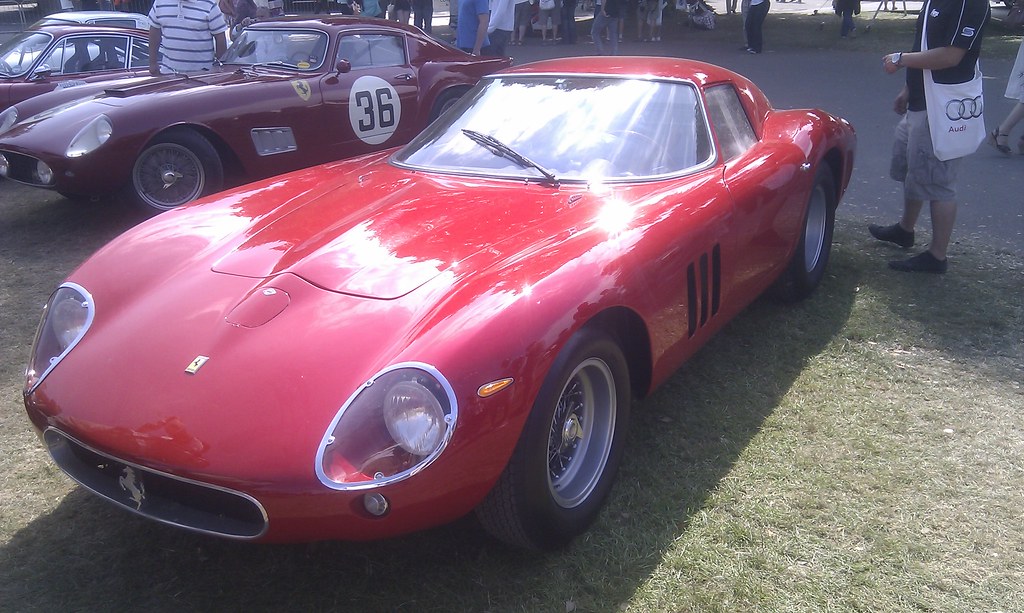
6. **Ferrari 250 GTO**For many automotive purists and connoisseurs, the Ferrari 250 GTO isn’t just a classic sports car; it is often hailed as the undisputed pinnacle of classic sports car design. Its proportions are nothing short of perfect, achieving a rare and harmonious blend of aggressive intent and exquisite elegance in a way that very few other vehicles have ever managed. Every curve and line of its body speaks of both raw power and refined artistry, making it an awe-inspiring sight.
For many automotive purists and connoisseurs, the Ferrari 250 GTO isn’t just a classic sports car; it is often hailed as the undisputed pinnacle of classic sports car design. Its proportions are nothing short of perfect, achieving a rare and harmonious blend of aggressive intent and exquisite elegance in a way that very few other vehicles have ever managed. Every curve and line of its body speaks of both raw power and refined artistry, making it an awe-inspiring sight.
Conceived and built specifically for racing, the 250 GTO delivered an utterly exhilarating driving experience that made every mile behind the wheel feel extraordinary, a true testament to its performance pedigree. From its meticulously sculpted fenders to its purposefully designed cabin, every single detail on the GTO reflected an uncompromising commitment to precision and a singular intent: to dominate on the track and thrill on the road.
It rapidly became far more than just a car; it evolved into a powerful symbol of success, passion, and uncompromising automotive excellence among enthusiasts worldwide. Rare, exceptionally coveted, and steeped in a rich racing history, the 250 GTO represents a golden era where unparalleled performance and breathtaking artistry blended seamlessly. Collectors prize it not just for its profound beauty but equally for its legendary racing pedigree, ensuring this Ferrari remains one of the most celebrated and unforgettable vehicles in the annals of automotive history.

